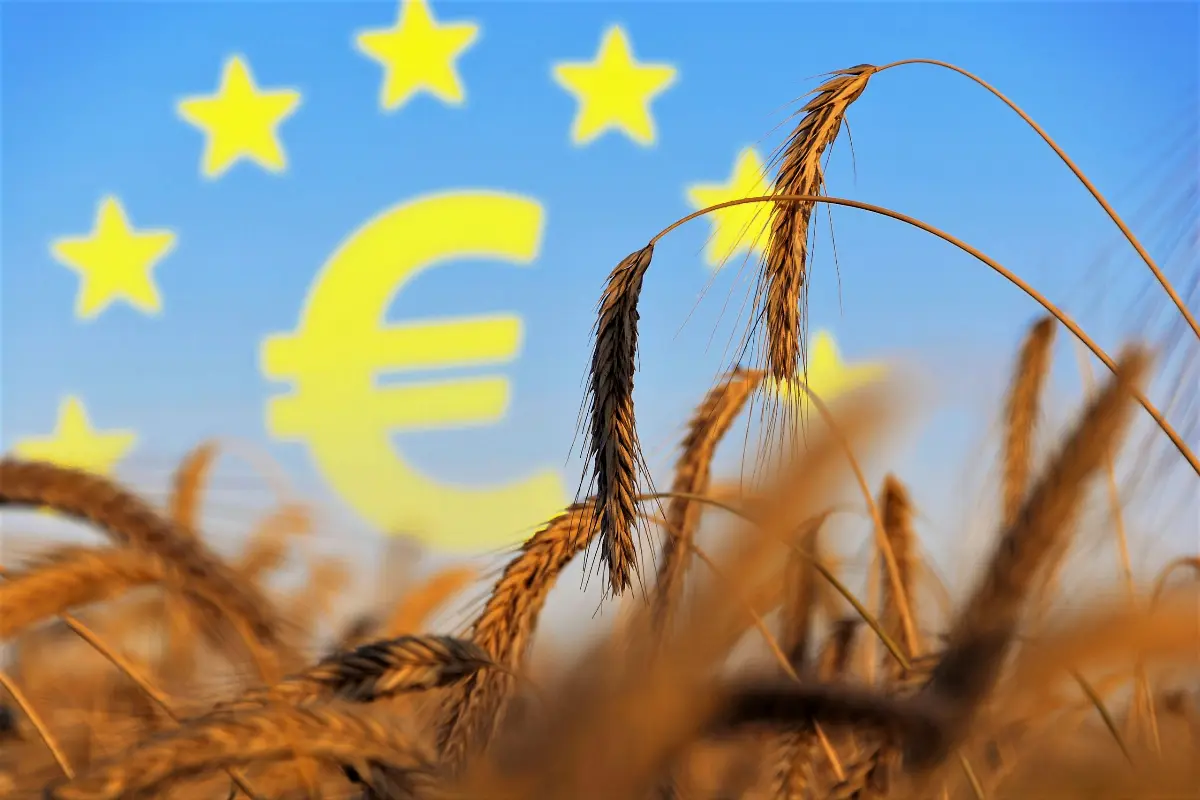
Draft EU budget 2025: the biggest share goes to the Cap
Proposal for an annual budget of 199.7 billion euro: 53.8 billion for the common agricultural policy

The EU Commission has proposed an annual EU budget of 199.7 billion Euro for 2025. The budget will be complemented by 72 billion Euro of disbursements from Next Generation EU. This substantial budget will help the EU achieve its political priorities while incorporating the agreed changes in the mid-term review of the MFF, the Multiannual Financial Framework, in February 2024.
The 2025 draft budget, underlines the official communiqué from Brussels, "redirects funds to areas where they can make the most difference, in cooperation and in line with the needs of EU Member States and our partners worldwide, to make Europe more resilient and future-ready, for the benefit of EU citizens and businesses". This will be achieved by promoting green and digital transitions, creating jobs while strengthening Europe’s strategic autonomy and role in the world.
The Commission proposes to allocate the following amounts (in commitments of expenditure) to these priority areas:
- 53.8 billion Euro for the common agricultural policy and 900 million euro for the European Fund for Maritime Affairs, Fisheries and Aquaculture, for the benefit of European farmers and fishermen, but also with a view to strengthening the resilience of the agri-food and fisheries sectors and providing them with the means necessary for crisis management;
- 49.2 billion Euro for regional development and cohesion in support of economic, social and territorial cohesion and the infrastructure on which the green transition and the Union’s priority projects will be based;
- 16.3 billion Euro in support of partners and interests in the world, including, inter alia, 10.9 billion Euro under the Neighbourhood Instrument, Development Cooperation and International Cooperation-Global Europe; 2.2 billion Euro for the Instrument for Pre-Accession Assistance (IPA III) and EUR 500 million for the Growth Facility for the Western Balkans and EUR 1.9 billion for humanitarian aid (HUMA);
- a further 4.3 billion Euro will be available in grants under the Instrument for Ukraine, complemented by EUR 10.9 billion in loans;
- 13.5 billion Euro for research and innovation, of which 12.7 billion Euro for Horizon Europe, the Union’s flagship research programme;
- 4.6 billion Euro for European strategic investments, including 2.8 billion Euro for the Connecting Europe Facility to improve cross-border infrastructure, 1.1 billion Euro for the Digital Europe programme to shape the Union’s digital future and EUR 378 million for Invest EU’s key priorities (research and innovation, dual green and digital transition, healthcare and strategic technologies);
- 2.4 billion Euro for the environment and climate action, of which first 771 million Euro for the LIFE programme in support of climate change mitigation and adaptation, and 1.5 billion for the Fair Transition Fund, so that the green transition works for everyone;
- 2.7 billion Euro to protect our borders;
- 2.1 billion Euro for migration-related internal EU expenditure;
- 977 million Euro to ensure the functioning of the single market, including 613 million for the single market programme and 205 million for anti-fraud, taxation and customs activities;
- 583 million Euro for the EU health programme (EU4Health).
"The EU budget continues to provide Europe with the means it needs to address current and future challenges, in particular by supporting green and digital transitions and increasing the overall resilience of the Union -explains Johannes Hahn EU Commissioner for Budget and Administration-. We have also been able to strengthen our external position: the mid-term review of the MFF has been crucial to enable our Union to respond stably to the consequences of Russia’s war of aggression in Ukraine, strengthening our capacity to respond to natural disasters and to respond to global competition in the field of critical key technologies".
EFA News - European Food Agency